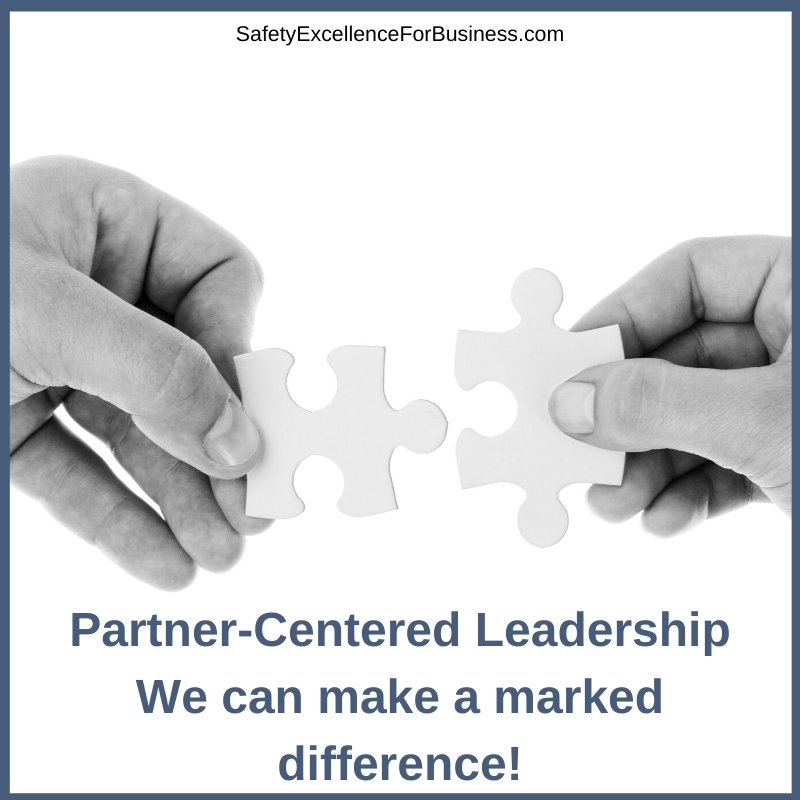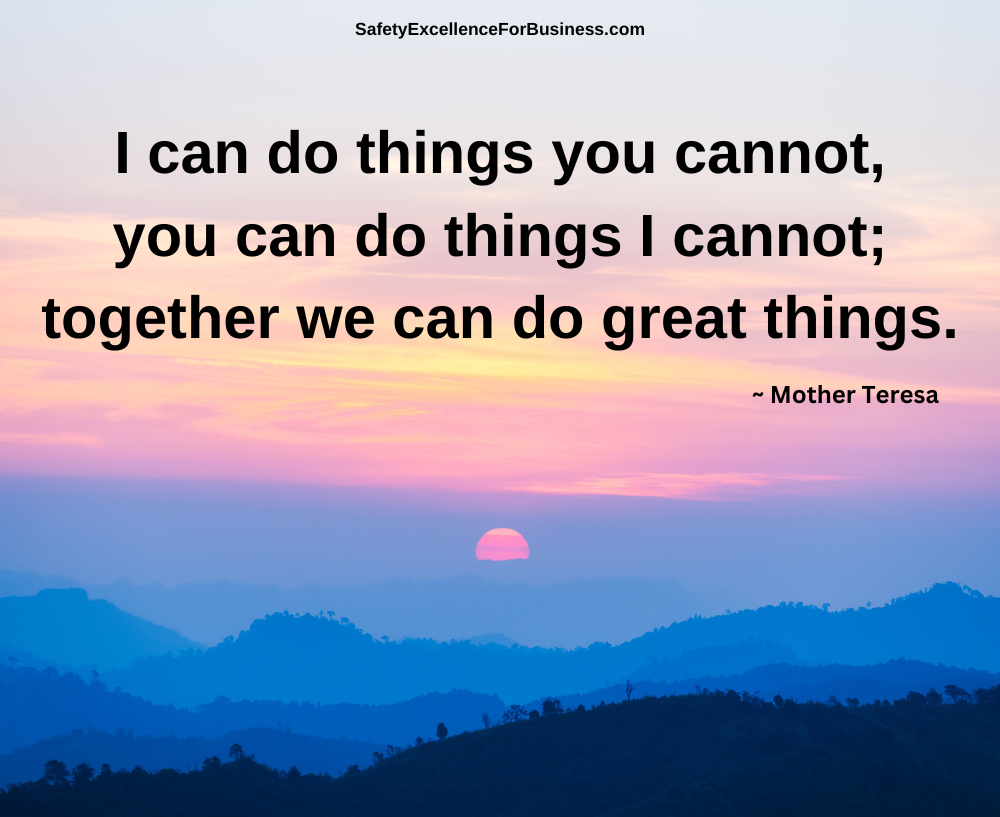When I was first promoted into a low-level manager’s job, my mentors were tough “Kick Ass-Take Names” (KATN) managers.
They were “it is my way or the highway” type people.
Our focus was on things, and we saw the organization as a machine and the people as challenges we had to make work for us. I modeled this and was quite good at KATN, but it was tough, progress was limited, and people were angry most of the time.
Then one day there was a modest-sized fire in one of the chemical production units in the big plant where I was the Plant Manager. All the ugliness, arguing, complaining disappeared and in an instant, the people became a high-performance team. In just three weeks of amazing work, the plant was back into production, but then people reverted to their terrible behavior.
Sometime later, as I walked the plant talking together with the people who were most impacted by the fire, I found that they really liked the way they worked during the fire repairs. People helped each other, they shared all information, were respectful, they told the truth, they made decisions themselves close to the work; this way of working meant a lot to them. They were quite excited as they reminisced about the fire and restoration experience. At one point I said to them “Fellas, we can’t burn the darn place down every few months so we can feel good. We have to figure this out.”

I began by walking the Plant for 3-5 hours a day, every day, among the people, listening and learning about their work and ideas, discovering that many of them were quite remarkable. I asked for their help and encouraged them to solve as many problems as they could themselves. I held weekly communications forums (in various venues across the plant) to keep everyone updated on the business, events, changes, etc., and answered everyone’s questions. Energy and good ideas bubbled up as the deep intelligence and creativity of the people emerged each day. Within just three years, the injury rate was down 97%, emissions to the environment were down 95%, productivity was up 45%, and earnings were up 300%.
In walking among the people, talking, listening, and sharing, everything changed. My role was to encourage the sharing of information, helping to maintain the vision and mission of our work as well as insisting on maintaining high standards of performance. Those doing the front-line work did remarkable things to make significant improvements. We all developed our agreements on how we would behave and work together which formed a rock-solid basis of our culture.
For example, we agreed to tell the truth, listen to, and respect each other, and apologize for mistakes. I was part of this; I had to model the behaviors. We held each other accountable to live up to our agreements. We had discovered that the organization behaved as if it was a living system where the key for success was in all of us, how we related and agreed to work together. We had created the conditions where everyone could learn, grow and be the best we could be. I asked everyone for help because we in supervision surely did not know everything. Many people already knew this.
Partner-Centered Leadership
We had shifted from a fear driven, KATN culture where relationships were poor, where it was hard for people to learn and grow, where change was slow and difficult, to a partnering culture where we cared for each other, learned, and grew to levels of performance we never imagined. I call this way of working “Partner-Centered Leadership.”
Everyone began to shift from sitting back like consumers, waiting for management to bring in various, new safety offerings like better safety meetings, training courses like behavior-based safety, new PPE, better safety equipment, new hazards analysis processes, more process safety management, management inspections like walk-arounds, big safety conferences, special OSHA training, and new versions of safety like Safety II and Safety Differently, to becoming active citizens and leaders taking the initiative and responsibility to be creative, to explore new ways to do things so we could all get better and help to solve most of our problems.

If new training or equipment was needed, groups could select from a broad variety of safety offerings to fill the need. We took responsibility for the whole plant system, our safety, environment, health, production, HR, quality, customer service, and community relations; they all came together. The separate stovepipes almost disappeared as we realized that we were all in it together, needing each other to be successful. We were a whole system with all the parts connected and interacting all the time. Through the process of partnering at all levels, our total performance went way up. Morale and a strong sense of belonging developed which felt good.
As we worked together this way, we learned to sustain this way of working. For example, the safety and health performance achieved a TIFR (Total Injury Frequency Rate) rate of ~0.3, and it was sustained at this world-class level for 19 years; this lasted for 14 years after I was transferred to a new assignment. I wrote an article about this in the American Society of Safety Professionals Journal, Professional Safety, which showed that Partner-Centered Leadership was far more effective than KATN.
Doing It
This way of leading requires a shift in management’s thinking about the people to seeing them as whole people with families, hopes, dreams, and a big creative capacity. It requires a shift in management’s behavior about developing relationships of caring, trust and commitment. It requires a willingness to treat each other with respect, to listen together, learn, grow. It means inviting everyone to work together to become our best. It requires giving people credit for their contributions.
It does not mean losing control of high standards, suffering with incompetent people, putting up with toxic behaviors and sloppy performance. It does not require new capital investment, new computers, and training. It requires a willingness to be with the people to talk together about the problems we face, to share almost all information and the need to solve problems at the lowest, appropriate level so our businesses can survive in this highly competitive, fast changing world. We also need to give credit where credit is due.

Everyone Wins
Partner-Centered Leadership builds morale and releases creative energy. The collective intelligence of the whole organization increases. It builds resilience and flexibility. Everyone together, co-creates their shared future. As the Plant Manager, I could throw leading by fear and KATN into the trash and shift to leading with deep caring, respect, integrity, and a great sense of satisfaction as all dimensions of performance significantly improved. It was wonderful to see how we all were growing and developing. All of us became winners!






Speak Your Mind